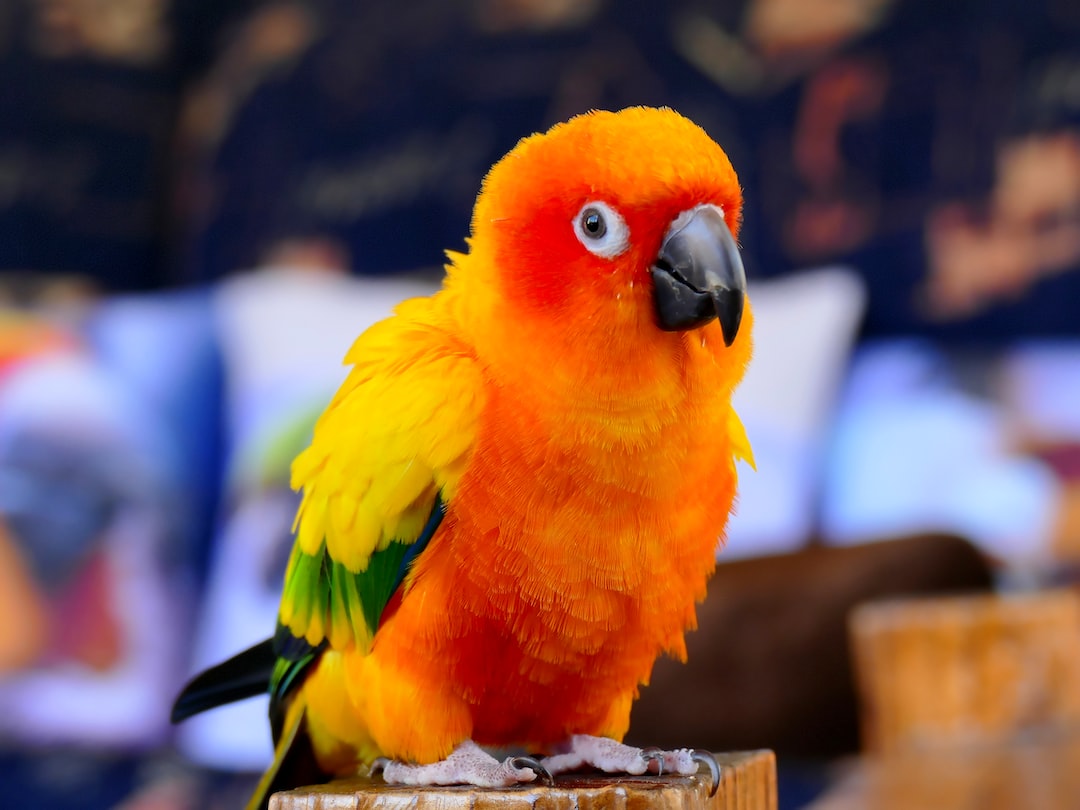Pets provide companionship, affection, and loyalty, but at times, our beloved furry friends can experience distressing emotions. Separation anxiety is among the most common problems affecting pets, especially when they are left alone or separated from their human family for extended periods.
Separation anxiety is not a behavior that is limited to a specific breed or age of pets. However, it is crucial to recognize the signs and symptoms so that you can help your pet manage their condition and alleviate their distress. In this article, we’ll discuss what separation anxiety is, how to recognize the symptoms, and what steps you can take to help your pet.
What is separation anxiety in pets?
Separation anxiety is a common behavioral problem that affects pets, particularly dogs. It is a distressing condition that arises when pets become excessively agitated or panicked when their owners are about to leave the house. Separation anxiety can also occur when your pet is left at home alone or when they are separated from their human family members for extended periods.
Symptoms of separation anxiety in pets
As a pet owner, it is essential to understand the symptoms of separation anxiety so that you can help your pet deal with their distressing condition. Some of the common signs of separation anxiety in pets include:
1. Howling, whining, or barking when left alone
2. Chewing or destroying household items when alone
3. Pacing or excessively salivating
4. Trying to escape by digging or scratching doors or windows
5. Loss of appetite
6. Self-harm, such as excessive licking or chewing on paws
How to help your pet manage separation anxiety?
If you suspect that your pet is suffering from separation anxiety, there are a variety of ways you can help them feel more comfortable and reduce symptoms. Here are some techniques that can be of great help:
1. Start with positive associations: One of the keys to helping your pet with separation anxiety is to reshape their negative associations with being alone. You can do this by introducing positive associations, such as giving them a special toy or treat that they only receive when you leave the house.
2. Gradual progression: Gradual progression helps your pet adjust to longer periods of separation comfortably. You could start by leaving them alone for short periods, such as five or ten minutes, and gradually increase the amount of time each day.
3. Stimulation and entertainment: Another way to help pets with separation anxiety is by stimulating their minds with entertaining activities such as puzzle toys, treat balls, and interactive games.
4. Professional help: In severe cases of separation anxiety, professional help may be necessary. A veterinarian or animal behaviorist can provide a thorough assessment and develop a tailored management plan.
In conclusion, separation anxiety can cause distress for our furry friends and can make it challenging to leave them at home alone. However, it is a manageable condition with various techniques and strategies that can provide comfort for pets. With patience, persistence, and love, you can help your pet manage their anxiety and enjoy their alone time.

